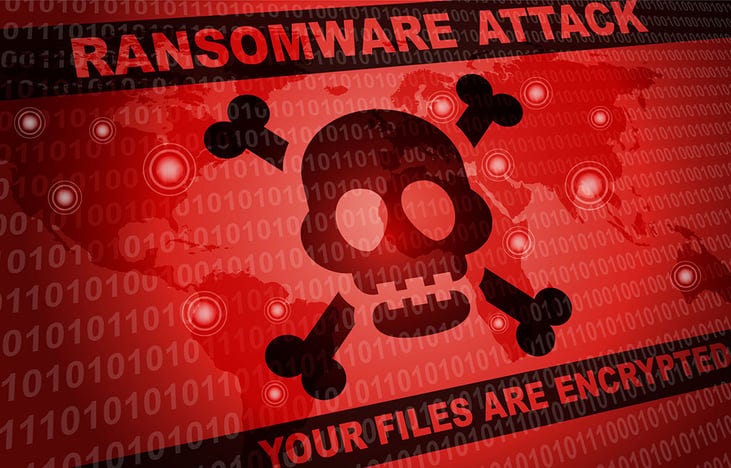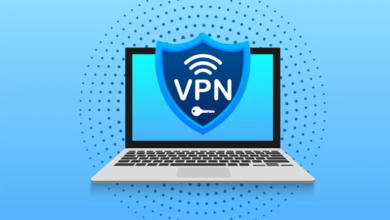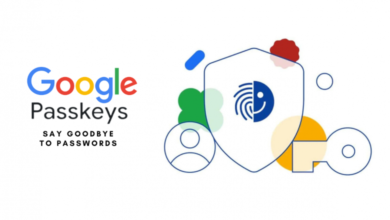
Understanding Ransomware Attacks and How to Prevent Them
Ransomware attacks have become a pervasive threat in today’s digital landscape. This form of cyberattack, where malicious software encrypts a victim’s data and demands a ransom for its release, can devastate individuals and organizations alike. From crippling businesses to leaking sensitive personal information, ransomware’s impact can be both financially and emotionally draining.
In this blog post, we’ll delve into what ransomware is, how these attacks work, and, most importantly, how you can protect yourself. We’ll also recommend some top software solutions that can help prevent ransomware attacks and mitigate their damage.
What is Ransomware?
Ransomware is a type of malware designed to block access to a computer system or encrypt files until a sum of money is paid. Typically, the attacker promises to provide a decryption key or restore access once the ransom is paid, though there is no guarantee that they will honor their word.
Types of Ransomware:
- Encrypting Ransomware: This is the most common type, which encrypts files on the victim’s system, making them inaccessible without a decryption key.
- Locker Ransomware: Rather than encrypting files, this type locks the user out of their device entirely, often displaying a full-screen message demanding payment.
- Scareware: This includes fake software that claims to have found issues on your device, demanding payment to fix the supposed problems.
How Ransomware Attacks Work
- Infection: Ransomware typically spreads through phishing emails, malicious attachments, or exploit kits that take advantage of security vulnerabilities in software.
- Execution: Once inside the system, the ransomware activates itself. Encrypting ransomware will begin to encrypt files, while locker ransomware locks the screen.
- Ransom Demand: The attacker demands a ransom, usually in cryptocurrency, in exchange for the decryption key or system access.
- Potential Outcomes: After payment, the attacker might (but not always) provide the decryption key, or they might disappear, leaving the victim’s data inaccessible.
How to Prevent Ransomware Attacks
Preventing ransomware attacks requires a multi-layered approach that includes user education, software solutions, and best practices. Here’s how you can protect yourself:
1. Regular Backups
Regularly back up your data to an external hard drive or cloud storage. This ensures that even if your data is encrypted, you can restore it without paying a ransom.
Recommended Solution:
- Backblaze: Backblaze offers unlimited cloud backup for personal and business use. It’s simple to set up and works automatically in the background.
Backblaze Website
2. Use Antivirus and Anti-Malware Software
Antivirus software is your first line of defense against ransomware. It can detect and block malicious files before they cause harm.
Recommended Solution:
- Malwarebytes: A well-regarded solution for detecting and removing ransomware, Malwarebytes offers real-time protection and malware removal tools.
Malwarebytes Website
3. Implement Email Filtering and Anti-Phishing Tools
Since phishing emails are a common entry point for ransomware, deploying email filtering tools can significantly reduce the risk.
Recommended Solution:
- Proofpoint: Proofpoint provides advanced email security solutions that can detect phishing attempts and block malicious attachments before they reach your inbox.
Proofpoint Website
4. Keep Software Updated
Outdated software often contains vulnerabilities that ransomware can exploit. Regular updates and patches ensure that these vulnerabilities are closed.
Recommended Solution:
- Patch My PC: This tool simplifies the process of keeping third-party applications up to date, helping to reduce the risk of exploitation.
Patch My PC Website
Also Check
5. Use Ransomware-Specific Protection Tools
Certain tools are designed specifically to combat ransomware by monitoring suspicious activity, such as unauthorized encryption of files.
Recommended Solution:
- Cybereason RansomFree: This free tool offers an additional layer of protection against ransomware by detecting and stopping ransomware activity.
Cybereason RansomFree Website (Please note that RansomFree was discontinued, but similar tools are available.)
6. Implement a Strong Security Policy
For businesses, a strong security policy that includes regular employee training, the principle of least privilege, and incident response planning is essential.
Recommended Solution:
- KnowBe4: This platform offers security awareness training that helps educate employees about phishing, ransomware, and other cyber threats.
KnowBe4 Website
Ransomware is a formidable threat, but with the right precautions, you can significantly reduce your risk of falling victim to it. Regular backups, strong antivirus protection, keeping software updated, and user education are key components of a robust ransomware defense strategy. By implementing the recommended tools and following best practices, you can protect your data and avoid the costly consequences of a ransomware attack.
Remember, in cybersecurity, prevention is always better than cure. Stay vigilant, stay protected.








